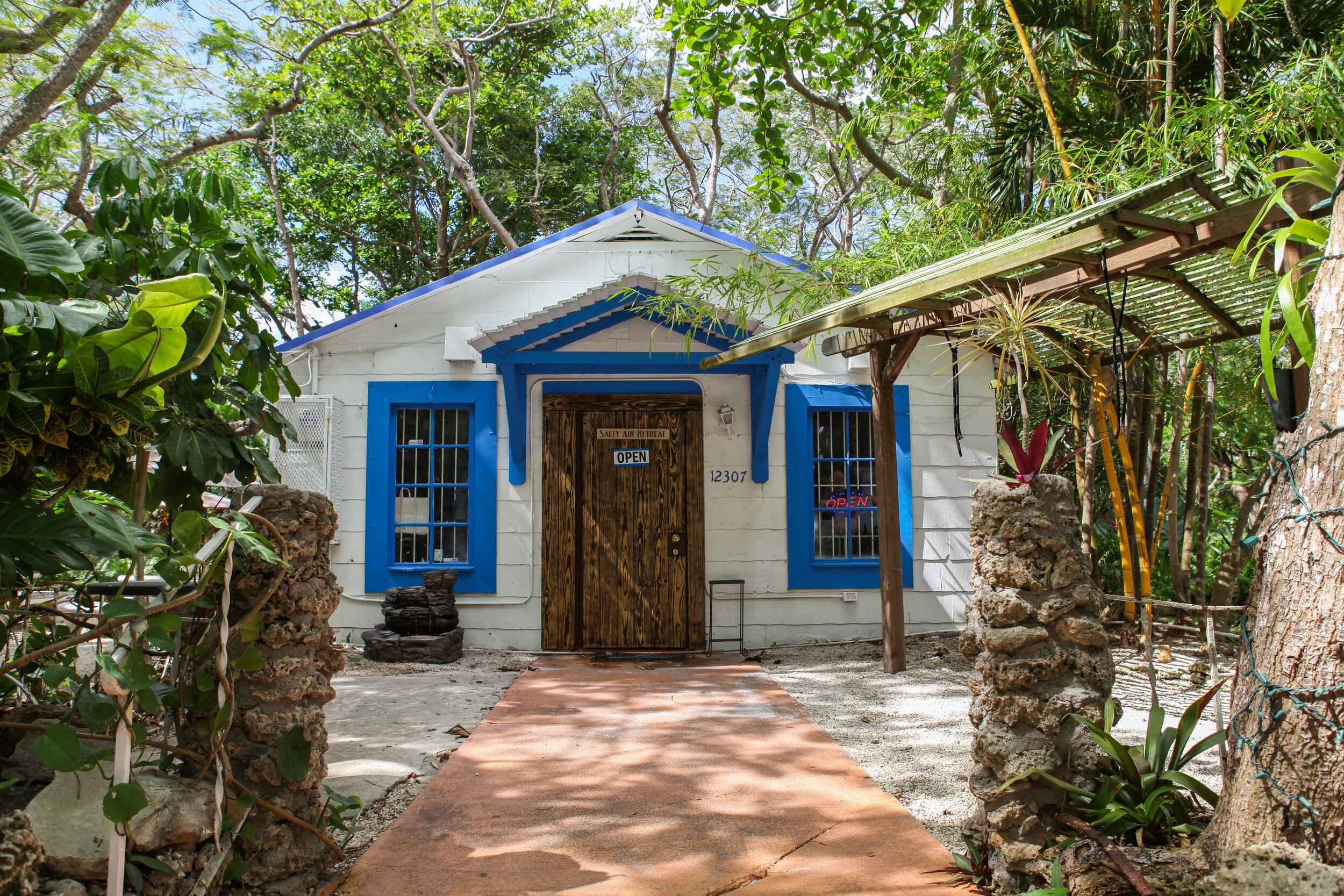Our Story
The story began by a tale rooted in agriculture and Henry Flagler’s railroad. Most pioneering farmers who settled south of Miami were glad when the Florida East Coast Railway brought sidings like the one that was operated by a railroad employee named Goulds. In 1903, it was initially referred to as Gould’s Siding, then simply as Goulds.
Whatever the name, the railroad provided a far more efficient means of shipping Redland’s produce for men like William Cauley, and having a siding close to your property was especially beneficial. Cauley, began a large shipping operation, however, there are logistical needs and since Cauley owned ten acres alongside the railroad tracks, he set about building a two-story warehouse and office that was completed in what was known as the flat iron style blended with a touch of Spanish architecture; now know as the main building at Cauley Square. Then came packing houses, but his workers, and those still building the railroad, required places to live, eat, and relax. Wooden houses, a saloon, and other structures soon filled Cauley Square; a village that acquired a reputation for being a rowdy place. There were stories of booze, brawls, and a bordello in between a tornado in 1919 and the great 1926 Miami Hurricane. Despite rebuilding from weather-related destruction, economic realities eventually took a toll with the Great Depression, World War II, and population expansion pushing out agriculture. Cauley Square began a steady decline until Miami-Dade County finally condemned the aging collection of buildings and slated them for demolition.
Enter Mary Anne Ballard, a Floridian who had moved to Redland with her husband in 1949, established her own Interior Design business, and possessed a love of history and art. She was active in numerous conservation efforts and saw the faded beauty in the two-story building that had been the focal point of Cauley Square. The Ballard’s purchased it, the land, and a few houses, and at age 65, what was to be Ballard’s retirement became instead a plan to restore Cauley Square. Her ultimate goal was to establish a youth center, an adult education center, and a school for the arts. The path to this would be to create an enclave of charming shops and a place to dine within a picturesque setting suitable for strolling. The vision began with bringing in more of the small, handcrafted pioneer houses from the surrounding Redland and carefully transforming them into individual businesses. The Tea Room Restaurant, opened in 1979, filled with delicate china, crystal, and lace, was like stepping back into time, and its popularity achieved part of Ballard’s dream. Other quaint cottages were then converted, nestled among mature trees and tropical foliage. In the midst of the transformation though Cauley Square was not spared the fury of Hurricane Andrew, and damage was priced at over $1 million. Ballard once again fought to find funding and Cauley Square was not only re-opened, but in 1994, it was officially declared a Historical Site. It was a challenge to maintain, however, and after Ballard passed away in 1998, financial problems loomed.
In 2001, Cauley Square was purchased by its current owner. While the adopted region began to loose section after section of historical architecture. “I wanted to give back to my community,” she said, “to protect this little island.” Although it took ten years, the beautifully re-landscaped grounds, the fountains, the walkways that can accommodate wheelchairs, are all part of the plan. While the Tea Room continues to be popular, they thought something a little less feminine was in order and she renovated another cottage to create the Village Chalet Restaurant. A crowning touch among the twenty-five restored structures is a small chapel that she transformed in gratitude for having a “blessed life”, and as a spot for people to stop into for quiet reflection. Today, Cauley Square continues to thrive as a hidden gem in South Florida.

